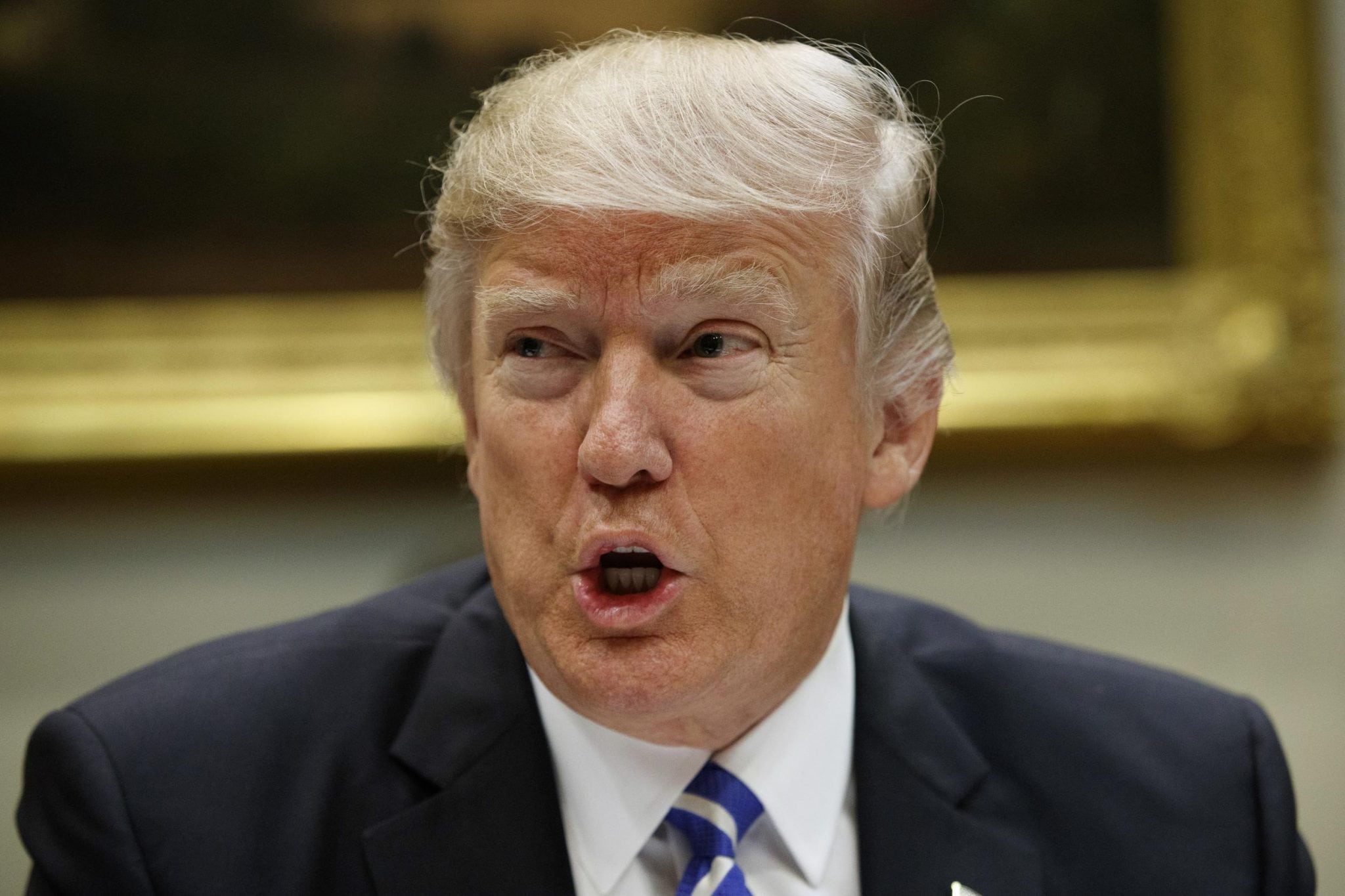Skift Take
President Trump's new travel ban has been designed to hold up to legal scrutiny this time, but the reality of this new order still seems discriminatory against Muslims around the world.
The newest travel ban signed by the President Trump will aim to prevent travelers from six countries from seeking visas to enter the U.S.
The previous travel ban was struck down by an appeals court for multiple reasons. President Trump signed the new executive order, which you can read here, this morning.
Iraq has been removed from the countries included in the ban, which is intended to become effective on March 16 for 90 days. Iraqi travelers, however, will endure some form of increased scrutiny when traveling to the U.S. following a new round of negotiation between the two countries.
There’s another major difference between the two travel ban orders: the new ban shouldn’t apply to lawful permanent residents of the U.S. or those that already have a valid visa to visit the U.S.
“The Executive Order signed today by President Trump will make America safer, and address long-overdue concerns about the security of our immigration system,” said John Kelly, secretary of Homeland Security, in a statement. “We must undertake a rigorous review of our visa and refugee vetting programs to increase our confidence in the entry decisions we make for visitors and immigrants to the United States. We cannot risk the prospect of malevolent actors using our immigration system to take American lives.
“The Executive Order signed today is prospective in nature—applying only to foreign nationals outside of the United States who do not have a valid visa. It is important to note that nothing in this executive order affects current lawful permanent residents or persons with current authorization to enter our country. If you have a current valid visa to travel, we welcome you. But unregulated, unvetted travel is not a universal privilege, especially when national security is at stake.”
Foreign nationals from Sudan, Syria, Iran, Libya, Somalia, and Yemen will still be affected, according to the executive order. The Department of Homeland Security (DHS) will spend 20 days reviewing the identity and security information provided to the U.S. by these countries, which will then have 50 days to comply with any changes mandated by DHS.
Various government departments, including State and DHS, can add countries to the ban at any time.
The Visa Interview Waiver Program will remain suspended for the time being as well. The original travel ban executive order was enacted in January and stayed on Feb. 3.
The new executive order already faces a legal challenge, based on a continuation of a previous lawsuit.
We will update this story as more information emerges. Here is the full text of the Q&A document that details the new ban.
The Daily Newsletter
Our daily coverage of the global travel industry. Written by editors and analysts from across Skift’s brands.
Have a confidential tip for Skift? Get in touch
Tags: politics, travel ban
Photo credit: The Trump administration is set to roll out another version of its travel ban executive order today. President Donald Trump speaks in the Roosevelt Room of the White House in Washington. Evan Vucci / Associated Press
